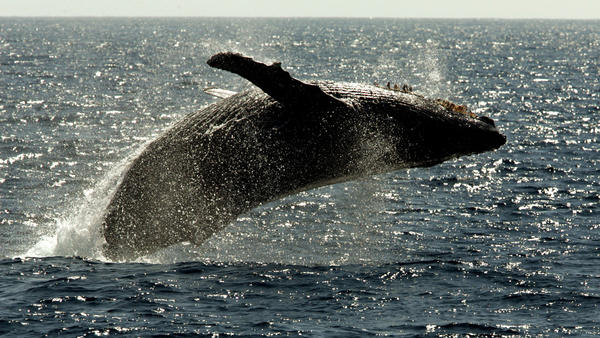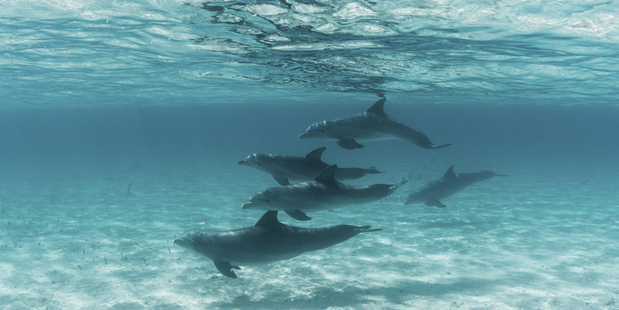
This week a US District Judge Susan Oki Mollway in Hawaii ruled that the Navy was underestimating the number of marine species it was impacting during sonar and explosive training. This training is done in both Hawaii and California. The Navy approximated that over the next 5 years 155 whales would be killed as a result of the training. Environmentalist negated that hypothesis and expect more whales to be killed and crippled from the training procedures. Read more…
2. Overfishing of Atlantic by EU Nations Continues
New studies from The New Economics Foundations shows that there is extensive overfishing in the northern European waters. Every year fisheries ministers establish Total Allowable Catch (TAC) levels for commercial fishing stock. Cod was fished 38% above the TAC, blue whiting was 51%, and pollack was 231%. Read more…
3. U.S. West’s Marine Life is Literally in Hot Water
Horrified by the picture to the right? So are we! During January and February, almost 1,800 young sea lions were found stranded on California beaches. One of the causes for this drastic increase is the unusually warm water temperatures in the Pacific Northwest. This temperature change has adjusted the entire food chain and lead the hundreds of hungry pups ashore. Read more…
4. California First State to Generate More Than 5% of Electricity from Utility-Scale Solar
In 2014 the state of California was able to generate 9.9 million megawatthours of electricity from solar plants. That was the largest amount of solar generation in the country, according to Electric Power Monthly. The state added almost 1,900 MW of new solar plants in 2014. California’s renewable portfolio standard requires that by 2020, 33% of the power they sell will be from renewable sources. Read more…
5. Pilot Whale Killed by Over 4kg of Plastic Items it Mistook for Food
This week a pilot whale was found dead on the beach of Teluk Dayang. After inspecting the whale, scientists found 21 small plastic bags, 11 plastic sheets, a detergent container, and a caution tape in the stomach of the whale. This is a good example of one of the many cases where animals have been severely impacted by marine pollution. Read more…
Have you ever gone to a zoo and wondered how and why those animals ended up out of their natural habitats? This article reviews how the Association of Zoos and Aquariums (AZA) manages the transportation of endangered species. Read more…
The California coast currently has a drastic difference in sea urchin population. The north coast of California has more urchins coming out of their protective crevices while the southern urchins are sparse and in poor health. This article describes the ecological phenomenon and the impact on the food chains in both areas. Scientists relate sea star, otter, and kelp populations to this urchin activity. Read more...

Massy University marine biologist, Sarah Dwyer, discovered a new hot-spot for a species of endangered dolphins. The Hauraki Gulf in the Great Barrier Island is home to approximately 170 dolphins which is a significant decline from past observations. Miss Dwyer is now working on a plan to help protect the dolphin population from the negative impacts of tourism and other reasons for the decline. Read more…
Sea Save Foundation is committed to raising awareness of marine conservation. The Week in Review is a team effort produced by the Sea Save staff to provide a weekly summary of the latest in marine research, policy, and news.









